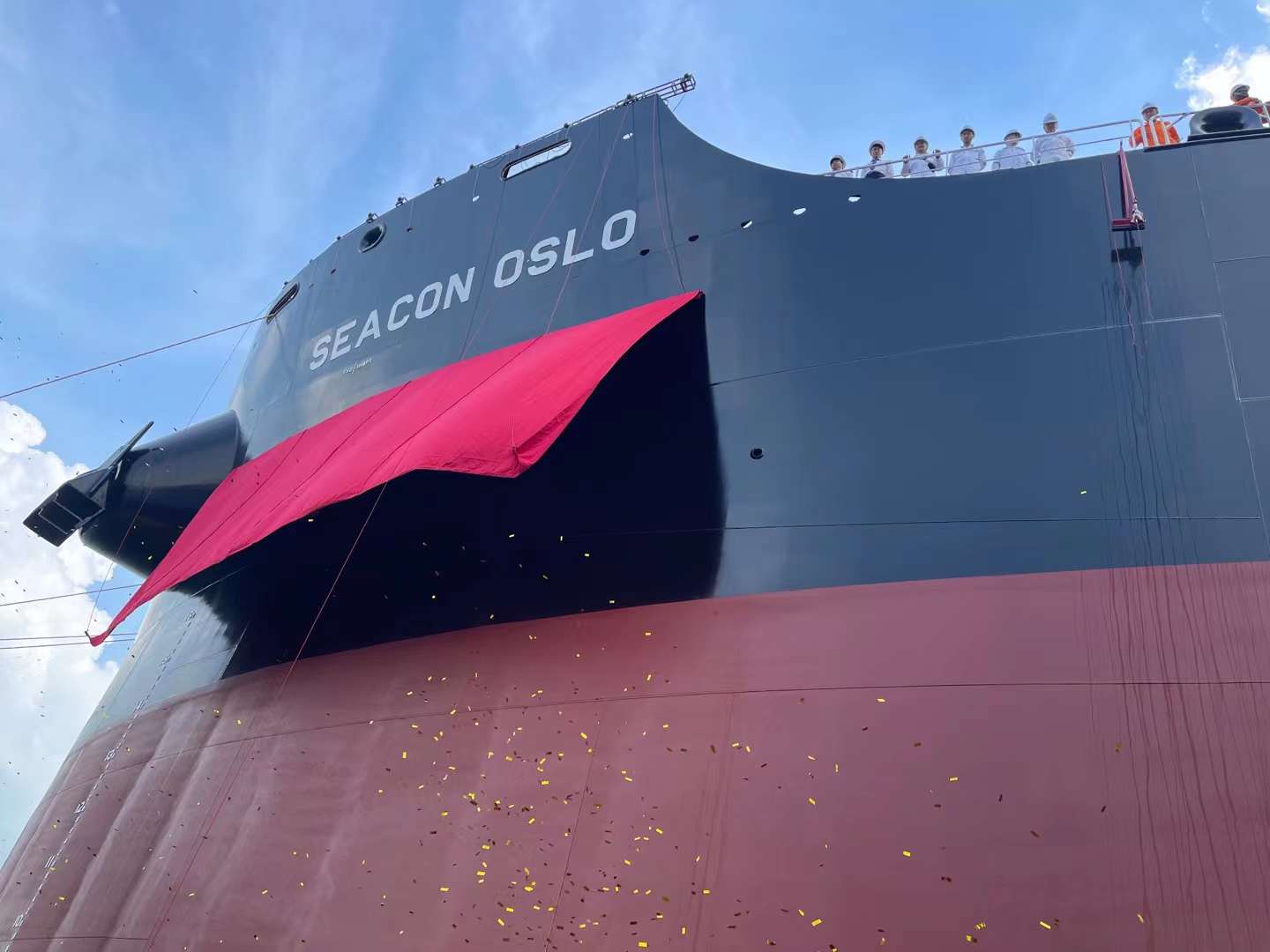
Shipbuilders in China have boosted their orderbooks for merchant ships. These orders, when delivered, will assist both domestic and foreign shipowners – in the bulk carrier, tanker, container ship, gas carrier and other sectors – to replace or expand their fleets with more efficient and economical capacity.
The Chinese shipbuilding industry plays a vital role in supplying a large and continuous flow of new vessels to the world shipping market. In recent years China has been the world’s largest shipbuilding country, measured by annual volumes of ships delivered to investors, with totals greatly exceeding those of the number two country, South Korea.
Shipyard orders for container ships and gas carriers placed in China have been especially prominent in the past couple of years. This emphasis has reflected owners’ confidence in the longer term global prospects for profitable employment opportunities in these sectors.
Ordering volumes
Since 2020 orders recorded at Chinese shipbuilding yards have risen to much higher volumes. In the four years from 2017 to 2020 annual order volumes averaged just under 23 million gross tonnes, within a range of 22m to 26m gt, according to Clarksons Research data. During 2021 a huge upsurge to almost 53m was seen, followed by over 43m in 2022. In the first 8 months of 2023, provisional estimates suggest orders totalling 31m gt.
Looking at these totals as a percentage of world orders for newbuilding merchant ships further underlines the significance of the Chinese shipbuilding industry. From 2017 to 2020 China achieved an annual average 40% of global newbuilding orders placed. But in each of the past two years the figure exceeded 50% and for the first 8 months of 2023 an even bigger 62% share was achieved.
Recent order patterns
A breakdown of orders placed at shipyards in China during the January-August 2023 period reveals several features. Among vessel type and size groups, the most numerous were 116 orders for kamsarmax bulk carriers, followed by 82 handymax (mainly ultramax) bulk carriers, 50 aframax tankers and 36 large container ships.
During the longer period of enlarged ordering in 2021 and 2022 and into this year, the most noticeable patterns at Chinese shipyards were the popularity of container ships and liquefied natural gas carriers. After low contract numbers in previous years, orders for large container ships of 8000 teu (twenty-foot equivalent units) and over rose dramatically, to a total exceeding 200 in this 2021 to 2023 period. LNG carrier orders in the same period, mainly vessels of the standard 174,000 cubic metres size, totalled over 80.
Achieving rapid progress
Accompanying the upturn in volumes of orders placed at Chinese shipbuilding yards has been an improved capability for constructing more sophisticated vessels. A move towards building a higher proportion of technically complex ships was illustrated by the numerous container ship orders and, in particular, by the large number of gas carrier orders obtained in the past couple of years.
Previously South Korean shipyards with a reputation for building high-quality tonnage have dominated the LNG carrier market. The rapid pace of obtaining orders for these vessels recently demonstrates that Chinese shipyards are now able to offer the technological and management expertise required to meet the standards required by investors, together with competitive pricing.
On a smaller scale of activity another indication of shipbuilding progress in China is participation in the cruise ship market. It is reported that the first domestically built large cruise ship, the Adora Magic City – 135,000 gross tonnes, a length of 324 metres, with 2,800 cabins – is almost ready to begin operating commercially. Another, larger cruise ship is under construction at the same shipyard, scheduled for delivery at the end of next year.
More generally, building ships with different or improved technology is an aspect in which Chinese yards are progressing. Vessels designed to use alternative cleaner fuels now comprise almost two-fifths of the country’s orderbook according to estimates. Attention is being focused on LNG and methanol dual-fuel and hybrid ships.
Please contact the author if you have any questions or comments, at: [email protected]
Any opinions expressed by contributors do not necessarily reflect the views of the Chinese Shipping Association of London. Content provided are for informational purposes only.






